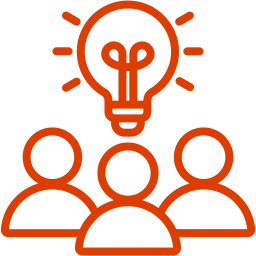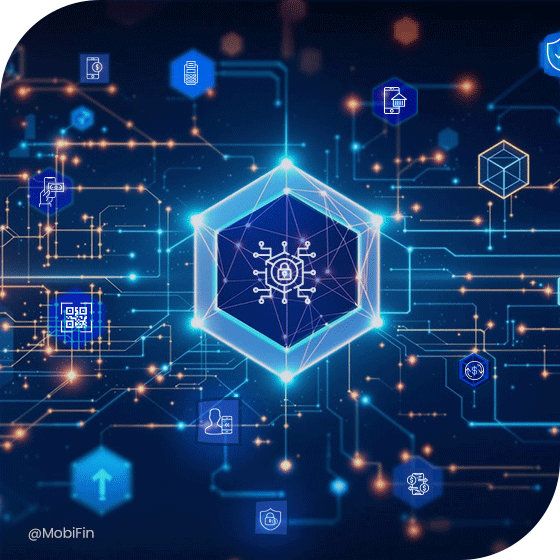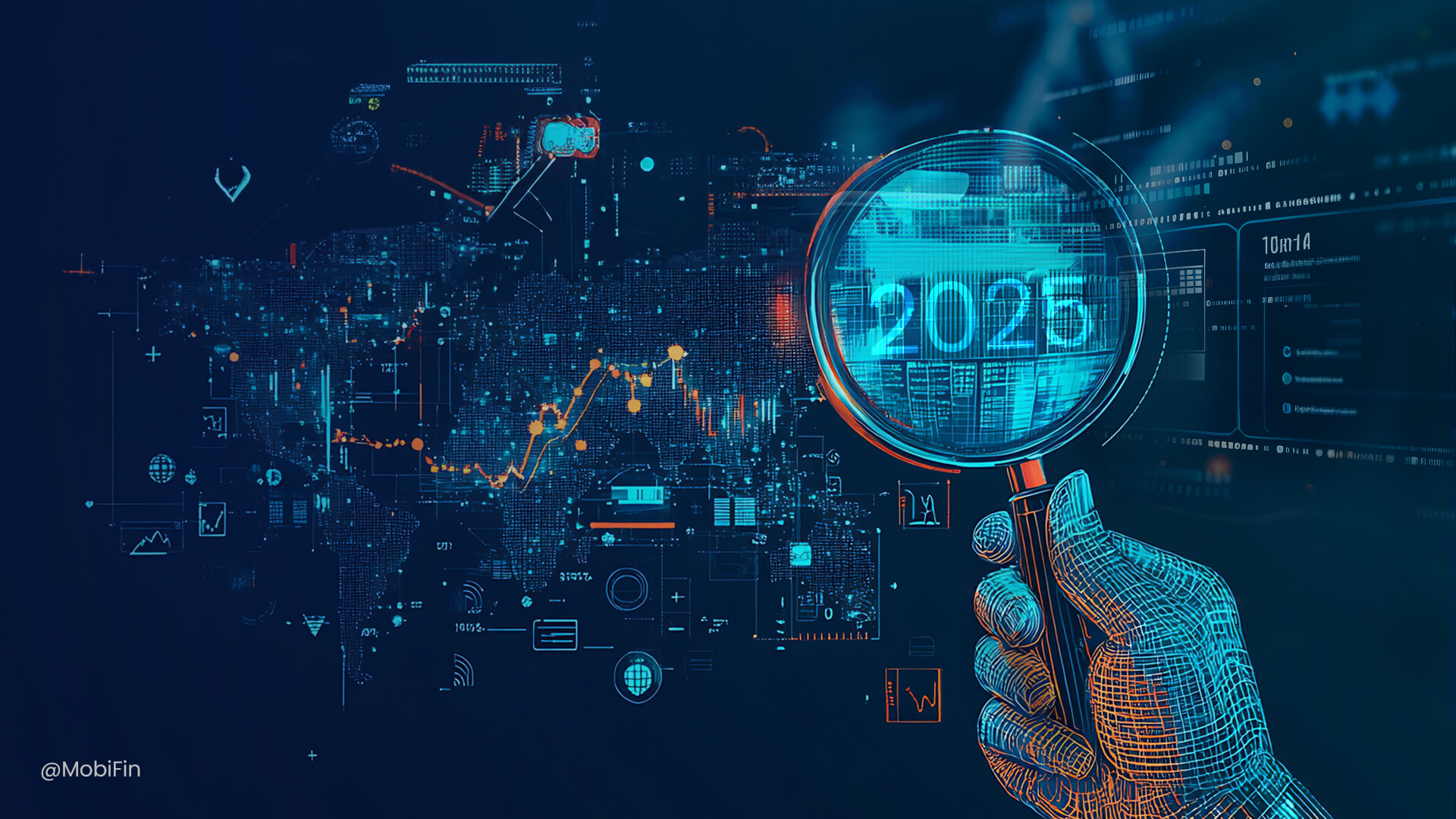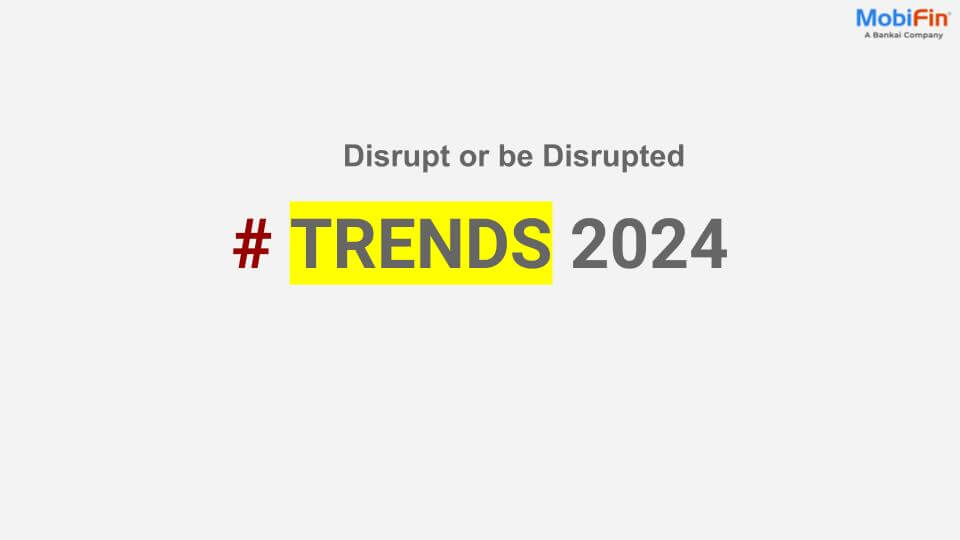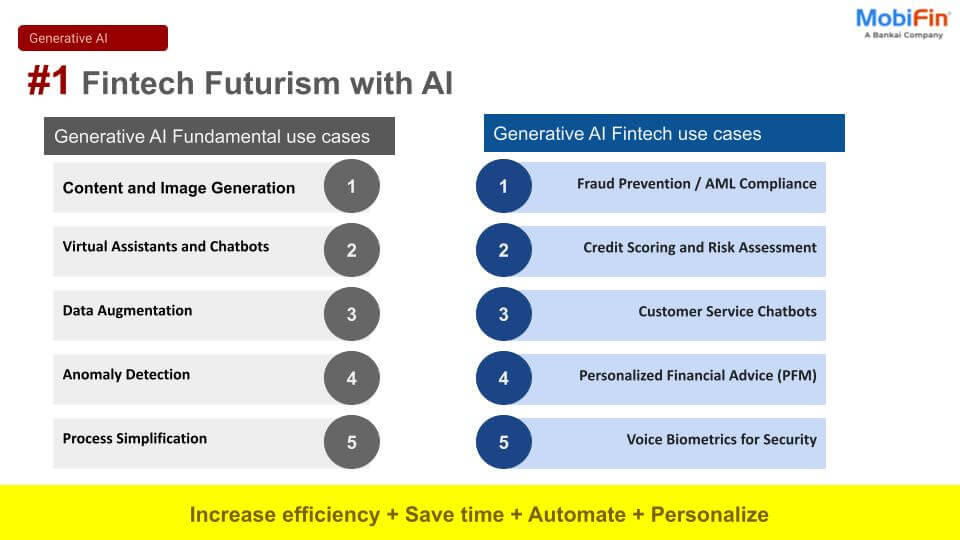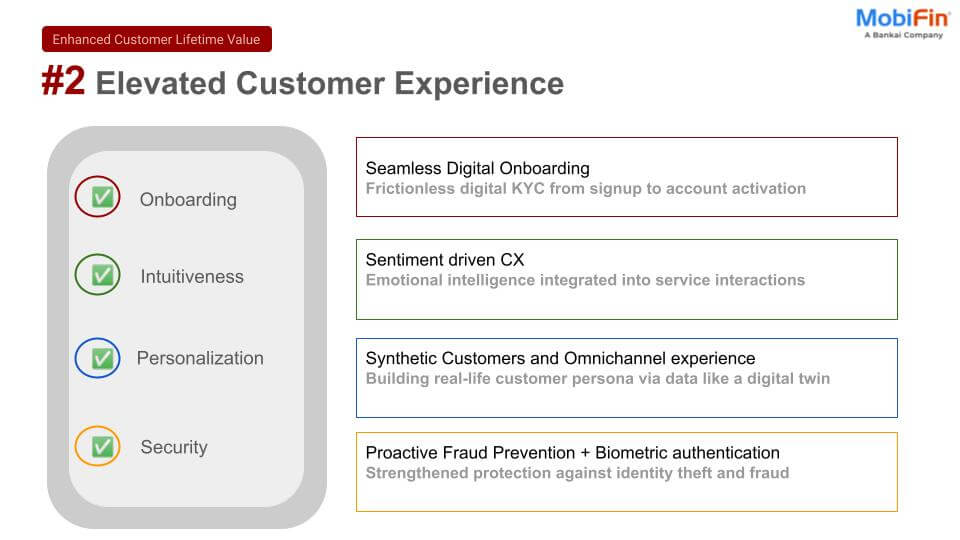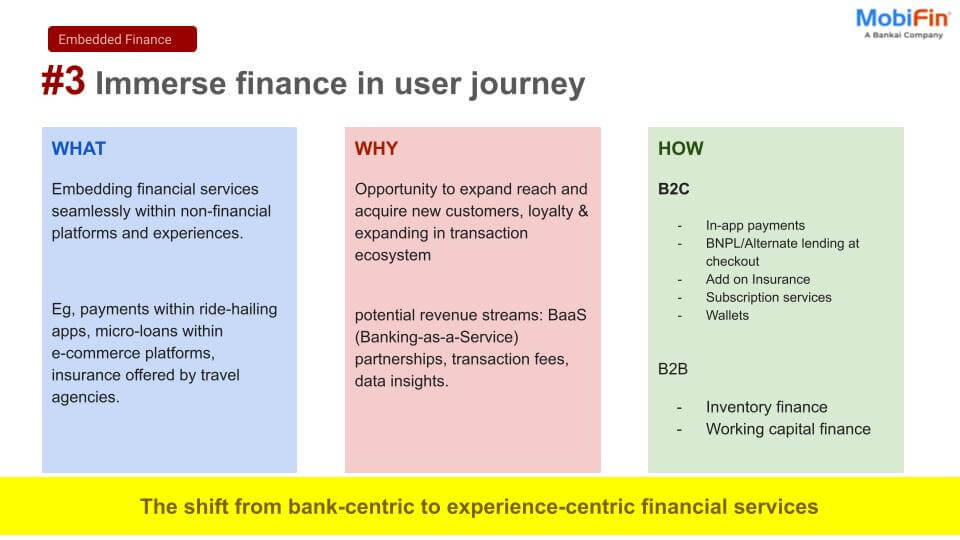If we want tokenized money to scale across geographies and infrastructures, it needs a common language. ISO 20022 might just be that language.
Not just a new format
ISO 20022 is often described as the successor to legacy SWIFT MT messages. Yes, it’s more modern, better structured, and supports richer data. But its real value isn’t just technical – it’s about meaning.
What makes ISO 20022 powerful is that it helps everyone involved in a transaction agree on what’s actually happening. Not just the format, but the purpose. Who’s involved. What asset is being moved. Why the payment is being made. What regulatory details need to travel with it.
It adds context, both for machines and institutions. And that context becomes critical when you’re trying to connect very different systems, like blockchains, fiat payment rails, and digital wallets, into something that works together.
That’s exactly the challenge we face with digital assets today.
Why it matters more in 2025
By November 2025, ISO 20022 becomes the standard across the SWIFT network for cross-border payments. This isn’t a small upgrade. It’s a global reset on how value moves between 11,000+ institutions in over 200 countries. This shift is playing out across various regions:
- India’s CBDC pilots are exploring token-based digital rupees with features like offline payments and QR interoperability, laying the groundwork for standardized, programmable money.
- Singapore’s Project Guardian is testing tokenized financial assets and regulated DeFi rails, signaling how ISO-aligned infrastructure can power next-gen digital finance.
- In the Middle East, countries such as the UAE and Saudi Arabia are part of the mBridge initiative. That project involves four central banks exploring cross-border CBDCs. A shared data model is already proving essential.
- In Africa, mobile-led payments are surging. But as newer platforms like PesaLink mature, ISO 20022 gives them a way to plug into global financial systems.
- In the United States, FedNow already supports ISO 20022 messaging. Meanwhile, stablecoin regulations are pushing issuers closer to the traditional financial system. Standards will matter more going forward.
Wherever digital money gains ground, one question inevitably follows: how will it connect to everything else? That’s when the need for a shared financial language stops being optional and starts becoming foundational.
What about crypto?
Here’s the honest part. Crypto and ISO 20022 haven’t naturally overlapped. Most public blockchain networks weren’t built to carry structured messaging. And the ethos of crypto was always about creating alternatives to banking infrastructure.
But as crypto matures, and as institutional players step in, there is a shift. These new actors care about settlement, compliance, and integration. That means they need bridges to the financial system, and interoperability becomes essential.
That’s where ISO 20022 starts to matter.
Some crypto networks – like XRP, XLM, and ALGO – are often labeled “ISO 20022-compliant.” What this usually means is they can support structured data formats or be integrated with financial systems that use ISO 20022 messaging. But to be clear, ISO 20022 doesn’t certify cryptocurrencies, and no public blockchain is natively compliant with it. Compatibility often comes through middleware or third-party layers. These assets and networks may be built with interoperability in mind, but the real enabler is the surrounding infrastructure – custodians, bridges, and gateways – that connects them to regulated financial rails.
Meanwhile, other early signs of ISO 20022’s growing role in digital assets are already taking shape:
- SWIFT’s pilot with Chainlink is using ISO 20022 messages to trigger asset transfers across both public and permissioned chains.
- Project Dunbar and Project Mariana, from the BIS are exploring how CBDCs and FX settlements can work across borders. Both rely on common messaging structures to coordinate across central banks and currencies. Project Mariana’s FX settlement model, in particular, integrates DeFi mechanisms and automated market-making, layered atop common message protocols. Private networks such as Fnality and JPMorgan’s Onyx are adopting ISO-compatible formats. They are building tokenized commercial bank money that can settle alongside traditional payments.
Crypto may never use ISO 20022 natively on-chain. But the moment digital assets interact with banks, custodians, or off-ramps, there needs to be a bridge. And this might be the best one we’ve got.
What ISO 20022 unlocks
When applied to digital assets, ISO 20022 can:
- Carry richer metadata for compliance, including travel rule and KYC fields
- Enable real-time reconciliation between fiat and tokenized systems
- Enable programmable workflows and automation for cross-border transactions
- Standardize settlement instructions between blockchains and banking systems
Of course, getting there isn’t automatic, and adoption will take time and effort.
Crypto platforms will need to build message parsers, ISO translators, and compliance hooks that interpret or emit ISO 20022 messages. Banks will need to update their workflows. Middleware providers will play a key role in mapping structured messaging to smart contract actions. And regulators will need to agree on what compliance looks like in this hybrid world.
But the effort is worth it – because the alternative is more fragmentation.
One final thought
The future of money won’t be built on one chain or one rail. It will be a patchwork of interoperable systems that need to work together. In that convergence, semantic standards like ISO 20022 won’t just enable transactions: they will define trust, traceability, and scalability for the digital economy.
It’s easy to get caught up in protocols. In decentralization, programmability, performance. But none of that matters if systems can’t understand each other.
ISO 20022 may not be flashy, but it gives us a shared language. And that may be exactly what tokenized money needs to become real at scale.


